Spotted bristle-nosed pleco - Ancistrus hoplogenys
Scientific name: Ancistrus hoplogenys
Common name: Spotted bristle-nosed pleco
Family: Loricariidae
Usual size in fish tanks: 13 - 16 cm (5.12 - 6.3 inch)
014
Recommended pH range: 6.1 - 7.2
Recommended water hardness: 5 - 16°N (89.29 - 285.71ppm)
0°C 32°F30°C 86°F
Recommended temperature range: 25 - 28 °C (77 - 82.4°F)
The way how these fish reproduce: Spawning
Where the species comes from: South America
Temperament to its own species: peaceful
Temperament toward other fish species: peaceful
Usual place in the tank: Bottom levels
Food and feeding
Being a nocturnal fish, it benefits more by adding food to the tank in the evening. Spotted bristle-nosed pleco’s will readily consume algae wafers, quality flake and shrimp pellets. Give them an occasional treat of blood worms. They will also require some wood in the tank as they will gnaw at this to aid their digestion.
Origin
South America; Spotted bristle-nosed pleco’s are found in the Amazonian basins of Brazil and Paraguay.
Sexing
Males will possess soft antler-like growths around the snout, they may be present on a female but much less pronounced.
Breeding
The male will select a spawning site in a cave or tunnel and invite the female to lay her eggs. The male will then take on all of the parental duties, even after the eggs have hatched. The fry can be fed on newly hatched brine shrimp.
Lifespan
The expected life span for Ancistrus hoplogenys is 5-8 years.
Short description
Spotted bristle-nosed pleco’s prefer a tank with hiding places provided by rock or wood décor. They need good quality water conditions with regular water changes. When adult, males will become aggressive to each other.
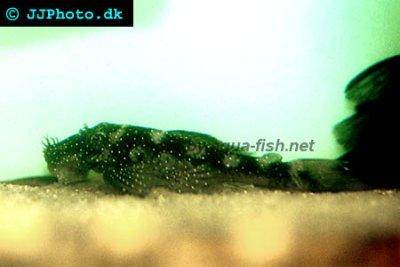


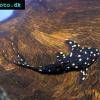 Adonis
Adonis  Lyre
Lyre 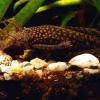 Bristlenose
Bristlenose 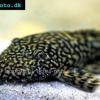 Gold
Gold 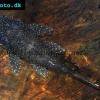 Bushymouth
Bushymouth  Medusa
Medusa 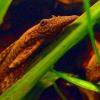 Bristlenose
Bristlenose 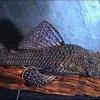 Starlight
Starlight 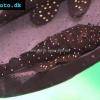 Spotted
Spotted  Catfish
Catfish 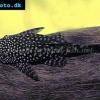 Bushynose
Bushynose 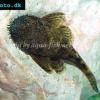 Bristlenose
Bristlenose 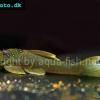 Green
Green 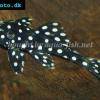 LDA-33
LDA-33 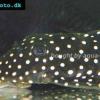 Snowflake
Snowflake 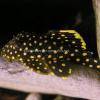 Gold
Gold 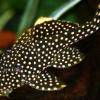 Gold
Gold  Bulldog
Bulldog  Dasyloricaria
Dasyloricaria 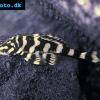 Butterfly
Butterfly 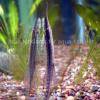 Whiptail
Whiptail 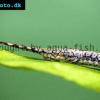 Amazon
Amazon 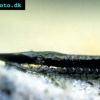 Twig
Twig 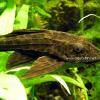 Spotted
Spotted 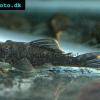 Spotted
Spotted 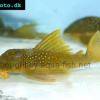 Lemon
Lemon 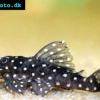 Pleco
Pleco 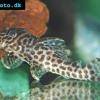 Peruvian
Peruvian 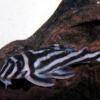 Zebra
Zebra 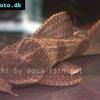 Pleco
Pleco 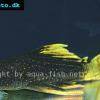 Hypostomus
Hypostomus 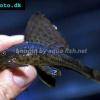 Pleco
Pleco 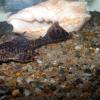 Suckermouth
Suckermouth 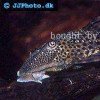 Spotted
Spotted  Woodeating
Woodeating 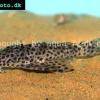 Golden
Golden  Sultan
Sultan 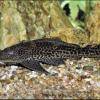 Multiradiatus
Multiradiatus  Marbled
Marbled 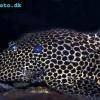 Pleco
Pleco 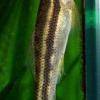 Dwarf
Dwarf 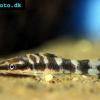 Dwarf
Dwarf 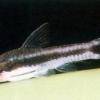 Dwarf
Dwarf 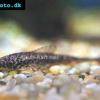 Oxyropsis
Oxyropsis 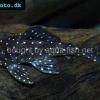 Orange
Orange 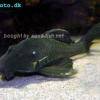 Blue
Blue 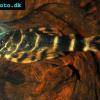 Clown
Clown 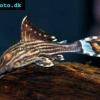 Royal
Royal 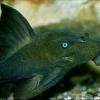 Blue
Blue 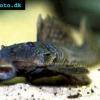 Rubber
Rubber  Goby
Goby 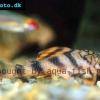 Wormline
Wormline  Para
Para  Tiger
Tiger 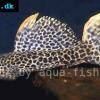 Leopard
Leopard 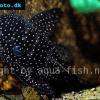 Spiny
Spiny 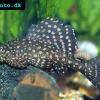 Marbled
Marbled 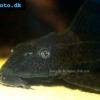 Amazon
Amazon 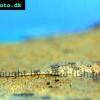 Common
Common 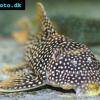 Sunshine
Sunshine 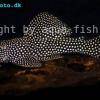 Golden
Golden